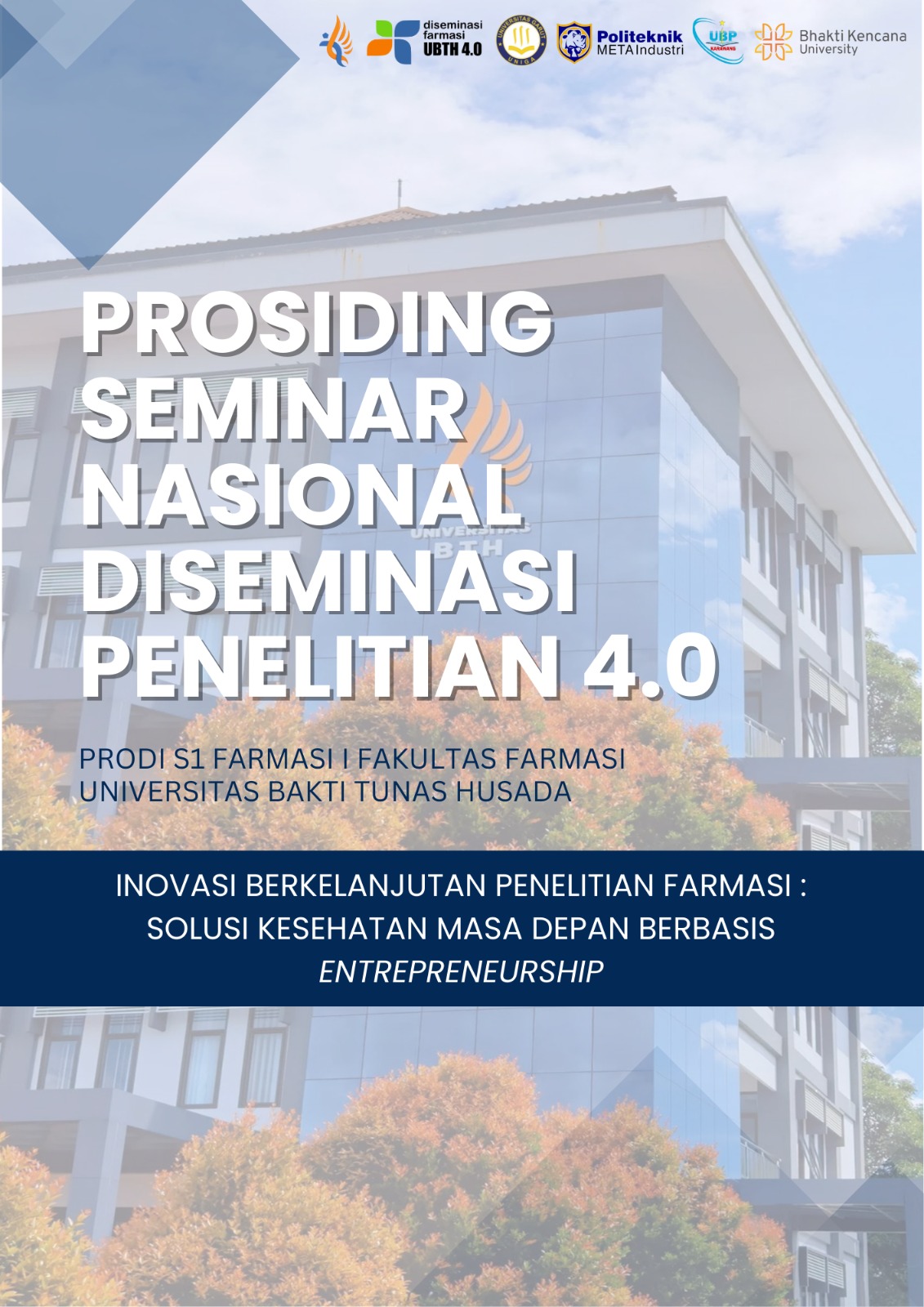Formulasi dan Evaluasi Mie Gluten Free Dari Tepung: Sorgum, Cassava dan Garut dengan Menggunakan Metode Ekstrusi
Keywords:
extrusion, gluten free noodles, sorghum flour, cassava flour, arrowroot flourAbstract
Simple technology (extruder) can be used to produce gluten free noodles with sorghum flour, cassava
flour, and arrowroot flour. It can be used in making gluten free noodles using the extrusion method.
Physical and chemical evaluation, hedonic evaluation Extruder technology can be used in making
noodles The extrusion process in making gluten-free noodles has a very important influence, especially
in the formation of noodle structures. Because gluten-free noodles do not contain gluten protein to form
a strong and elastic network like wheat noodles. Gluten-free noodles must undergo several processes
of gelatinization and pressure to obtain a good noodle structure. The drying shrinkage test for the five
formulas tested complied with SNI requirements because all water content/drying loss had an average
value below 10%. average noodle cooking time of 186 seconds. Noodle elongation average score 16.13
cm. The appearance of the noodles was 70%, the noodle color group was 73.3%, the noodle aroma
group was 60%, the noodle taste test group was 60%, and the acceptance test group was 60%. Gluten
free noodle production using sorghum, cassava and arrowroot flour using simple technology (extruder)
can be used, with the result of printing in the form of an elongated cylindrical tube. The drying shrinkage
fulfills the maximum SNI requirements of 10%, the average cooking time for noodles is 186 seconds.
noodle elongation average score 16.13 cm. The appearance of the noodles was 70%, the noodle color
group was 73.3%, the noodle scent group was 60%, the noodle taste test group was 60%, and the
acceptance test group was 60%.
References
Auliah, A. (2012). Formulasi Kombinasi Tepung Sagu dan Jagung pada Pembuatan Mie Jurnal Chemica Vo/. 13 Nomor 2 Desember. Jurnal Chemica, 13(2), 33– 38.
Azkia, M. N., Wahjuningsih, S. B., & Wibowo, C. H. (2020). The nutritional and functional properties of noodles prepared from sorghum, mung bean and sago flours. Food Research, 5(s2), 65–69. doi:10.26656/fr.2017.5(S2).002.
Dr. Diana Nur Afifah S.TP., M.Si., dkk. (2018). Komposisi mie dengan tepung cangkang telur, mocaf, tapioka yang tinggi kalsium.
Universitas Diponegoro.IDS000001841
Faridah, D. N., Fardiaz, D., Andarwulan, N., & Sunarti, T. C. (2014). Karakteristik sifat fisikokimia pati garut (Maranta arundinaceae). Agritech, 34(1), 14-21.
Fu, M., Sun, X., Wu, D., Meng, L., Feng, X., Cheng, W., … Tang, X. (2020). Effect of partial substitution of buckwheat on cooking characteristics, nutritional composition, and in vitro starch digestibility of extruded gluten-free rice noodles. LWT, 126. doi:10.1016/j.lwt.2020.109332.
Han, X. M., Xing, J. J., Han, C., Guo, X. N., & Zhu, K. X. (2021). The effects of extruded endogenous starch on the processing properties of gluten-free Tartary buckwheat noodles. Carbohydrate Polymers, 267. doi:10.1016/j.carbpol.2021.118170

